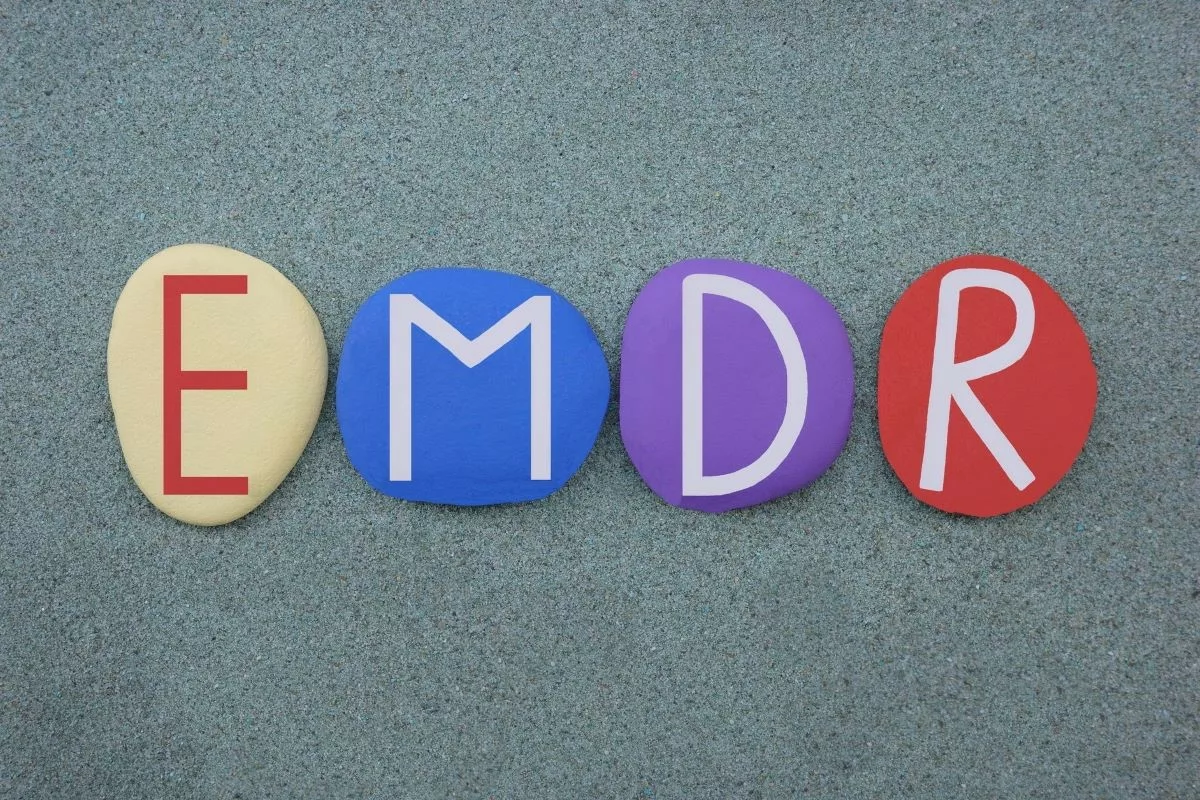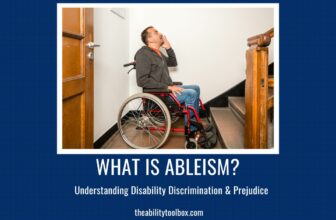
Embarking on a journey to mental wellness can be daunting, yet powerful. It's essential to recognize therapies that can offer comprehensive healing in this quest. One such notable method is Eye Movement Desensitization and Reprocessing (EMDR).
This ground-breaking approach addresses mental health issues by tapping into the natural healing ability of your brain. Join us as we delve into understanding how EMDR works, why it could be a crucial part of your wellness journey, and what to expect during the process.
Understanding How EMDR Works
Eye Movement Desensitization and Reprocessing (EMDR) targets the way your brain processes information. When we experience traumatic events, this processing system can be disturbed. That leads to unprocessed memory fragments which manifest as symptoms of trauma such as anxiety or nightmares.
EMDR acts like the brain's night janitor, tidying up these messy memory fragments using bilateral stimulation (eye movements, sounds, or taps). This action triggers the natural healing abilities of your brain, helping you process unresolved memories and break free from debilitating symptoms.
In essence, EMDR reboots your mental system to restore its proper functioning.
Reasons to Consider EMDR in Your Wellness Journey
Eye Movement Desensitization and Reprocessing therapy isn't limited to treating traumatic events. Its therapeutic scope is notably broad, bringing proven benefits in several key areas of mental wellness. Let's explore these transformative dimensions.
1. Addressing Unresolved Traumas
Our brains are not always able to naturally process traumatic events, which results in troublesome symptoms that can last for years or even a lifetime. By reaching into your mind’s deepest crevices, EMDR guides you to confront and cope with these unresolved traumas, alleviating prolonged distress.
2. Improving Relationships and Interpersonal Connections
Traumatic experiences can strain your relationships and hinder your ability to form strong interpersonal connections. EMDR, with its focus on resolving traumatic memories, can pave the way for healthier relationships.
By freeing you from the chains of past traumas, it helps you maintain successful relationships — romantic or platonic, personal or professional. You start to communicate more effectively, demonstrating a deeper understanding of yourself and others around you.
3. Reducing Anxiety and Stress
Day-to-day stressors or anxiety-inducing situations can trigger reminders of past traumas, escalating feelings of worry and tension. EMDR equips you with tools to manage these triggers effectively. By restructuring the way your brain processes fear and distress, the process reduces your overall anxiety levels.
So if you're looking to alleviate the weight of stress from your shoulders, consider EMDR therapy as a viable step towards serenity.
4. Enhancing Self-Esteem and Self-Awareness
Traumas can leave us battling self-doubt and low self-esteem. These issues often stem from the negative beliefs we form about ourselves in response to traumatic experiences. EMDR, by processing those very traumas, helps shatter these damaging perceptions.
Your renewed self-awareness paves the way for a better understanding of your strengths and potential. Coupled with increased self-esteem, you become better equipped to embrace life's challenges with confidence.
5. Navigating Major Life Transitions
Life often presents us with significant changes or transitions – from switching careers to losing loved ones. Such events can stir high levels of stress or unearth old traumas. EMDR, with its profound ability to process distressing memories, becomes an invaluable ally during these turbulent periods.
It helps you handle emotional upheavals more adeptly and supports you in moving forward. Rather than remain stuck in the past, you're able to embrace change and proceed along your wellness journey with newfound resilience.
The EMDR Process: What to Expect
Stepping into the world of EMDR may seem intimidating, but it's meticulously structured to encompass your unique experiences. Beginning with a thorough history taking, the process tailors each subsequent phase – from preparing and assessing, to reprocessing and installing positive beliefs – to your needs.
With flexibility built into the approach, every session arms you with coping mechanisms for potential distress. The EMDR journey is designed around you, ensuring your safety and progress every step of the way.
EMDR and Integrative Wellness
EMDR doesn't exist in isolation. Rather, it's part of an integrative approach toward mental wellness. Other complementary practices that can enhance EMDR benefits include:
- Meditation: Cultivating mindfulness to improve focus and promote serene mental states.
- Physical activity: Encouraging the release of endorphins to lighten mood and combat stress.
- Balanced nutrition: Nourishing the body also nourishes the mind, boosting overall wellness.
- Psychoeducation: Understanding your condition fosters better self-awareness and empowers you in your healing journey.
These practices alongside EMDR can foster a more encompassing route toward mental wellness.
So, whether you're facing lingering traumas, navigating life changes, or wishing to enhance personal growth, consider incorporating EMDR in your mental wellness journey. It's more than therapy; it's a step toward self-discovery, empowerment, and integrative healing. Your journey towards holistic wellness starts here.
Coffee junkie. Spoonie. Writer about all things chronic illness and mental health. Friend of animals everywhere.
Dr. Wilson graduated from Rosalind Franklin University of Medicine and Science and completed her residency in Internal Medicine at Advocate Good Shepherd Hospital in Barrington, IL. Dr. Wilson specializes in providing culturally competent and trauma-informed care to patients with physical disabilities. In addition to her private practice, she works as a science communicator, teaching health literacy to middle school and high school students in her local school district.









